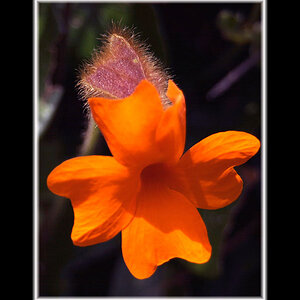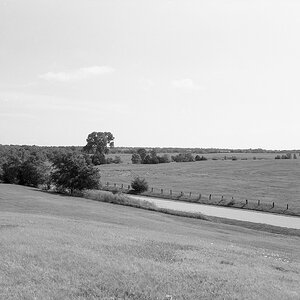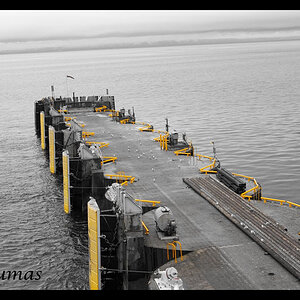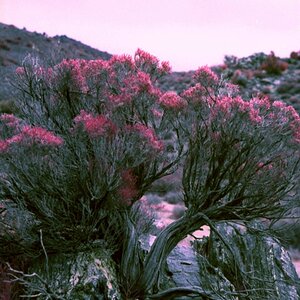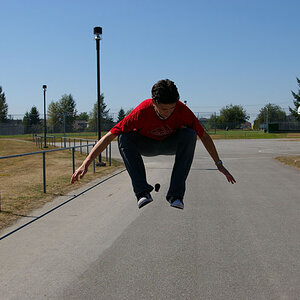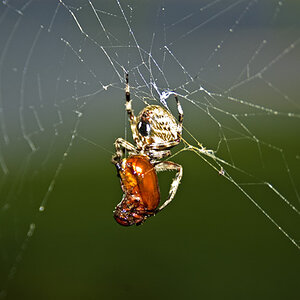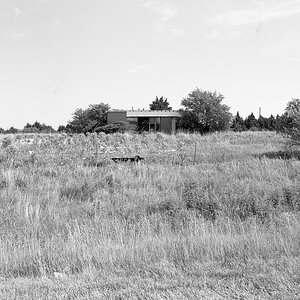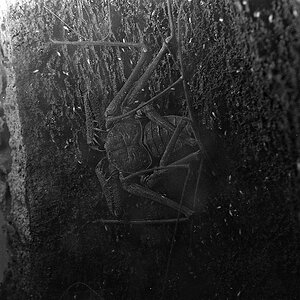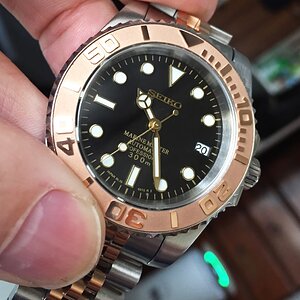nerwin
Been spending a lot of time on here!
- Joined
- Jan 31, 2015
- Messages
- 3,808
- Reaction score
- 2,115
- Location
- Vermont
- Website
- nickerwin.com
- Can others edit my Photos
- Photos OK to edit
I was watching a photography video this morning and learned about this. I had no idea there was such thing as f-stop equivalency.
So a Sony RX100 M3 24-70 or Nikon DL 24-85 have 35mm equivalency of focal length but not aperture. Their 35mm aperture equivalent is actually f/4.9-7.6.
Samething applies to a 50 1.8 on a Nikon DX body. While the lens is a 50mm with a maximum aperture of f/1.8 on full frame but when its on a 1.5x DX crop body, its equivalent of a 75mm at f/2.8 on full frame. However, would this apply to dedicated DX lenses?
I could be completely wrong. But it kind of makes sense because not all the light coming through the lens will hit the smaller sensor. But because the 35mm full sensor uses the whole image circle of the lens, it collects most of the right? I'm slightly confused haha.
So a Sony RX100 M3 24-70 or Nikon DL 24-85 have 35mm equivalency of focal length but not aperture. Their 35mm aperture equivalent is actually f/4.9-7.6.
Samething applies to a 50 1.8 on a Nikon DX body. While the lens is a 50mm with a maximum aperture of f/1.8 on full frame but when its on a 1.5x DX crop body, its equivalent of a 75mm at f/2.8 on full frame. However, would this apply to dedicated DX lenses?
I could be completely wrong. But it kind of makes sense because not all the light coming through the lens will hit the smaller sensor. But because the 35mm full sensor uses the whole image circle of the lens, it collects most of the right? I'm slightly confused haha.







